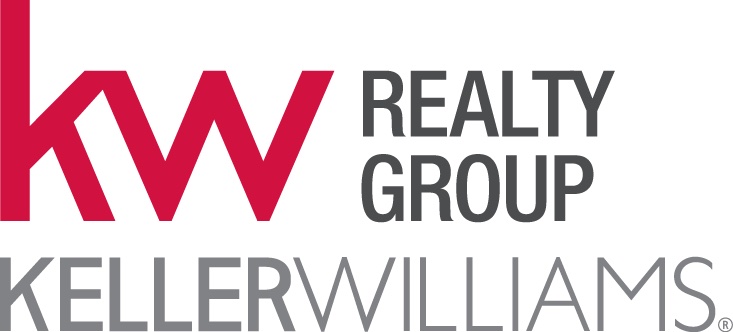
Preserving the Past, Building the Future: The Impact of Historic Preservation on Property Values
In the ever-evolving landscape of real estate, property values are a critical factor influencing both homeowners and investors. While various factors contribute to the value of a property, one often overlooked aspect is the impact of historic preservation. Historic preservation not only safeguards our cultural heritage but can also significantly influence property values. In this blog, we will explore how the preservation of historic structures can contribute to the appreciation of property values.
Preserving Cultural Heritage
Historic preservation plays a pivotal role in maintaining and celebrating a community's cultural heritage. By protecting and restoring historic buildings, communities can showcase the architectural and historical significance that contributes to their identity. This preservation effort extends beyond mere sentimentality; it forms the foundation for a unique sense of place that attracts residents, businesses, and tourists alike.
Increased Desirability
Properties located in historic districts or featuring preserved structures often gain a competitive edge in the real estate market. The charm and character associated with historic homes contribute to increased desirability among potential buyers. The unique architectural features, timeless design, and rich history of these properties can create a sense of exclusivity, setting them apart from more modern counterparts.
Positive Aesthetics
Beyond historical significance, the visual appeal of well-preserved historic properties can significantly impact property values. Investors and homeowners often appreciate the craftsmanship and attention to detail found in older buildings, features that may be lacking in newer constructions. The aesthetics of historic neighborhoods, with their tree-lined streets, vintage facades, and authentic charm, can enhance the overall appeal of the area, positively influencing property values.
Neighborhood Stabilization
Historic preservation efforts contribute to neighborhood stabilization by preventing decay and promoting community engagement. When local residents and authorities collaborate to maintain the historical integrity of a neighborhood, it sends a signal to potential investors and homebuyers that the community is invested in its long-term well-being. This commitment to preservation helps reduce blight, encourages responsible development, and fosters a sense of pride among residents, all of which contribute to the stability of property values.
Tourism and Economic Impact
Preserved historic sites often become tourist attractions, bringing economic benefits to the surrounding community. Increased tourism can lead to a boost in local businesses, such as restaurants, shops, and entertainment venues. The economic vibrancy that comes with historic preservation not only enhances the overall appeal of a neighborhood but also positively affects property values by creating a more robust and sustainable local economy.
In the dynamic world of real estate, the impact of historic preservation on property values cannot be overstated. Beyond the cultural and historical significance, well-preserved historic properties contribute to increased desirability, positive aesthetics, neighborhood stabilization, and economic growth. As communities continue to recognize the value of their historical assets, the symbiotic relationship between historic preservation and property values will likely continue to shape the real estate landscape, preserving the past while building a more valuable future.








